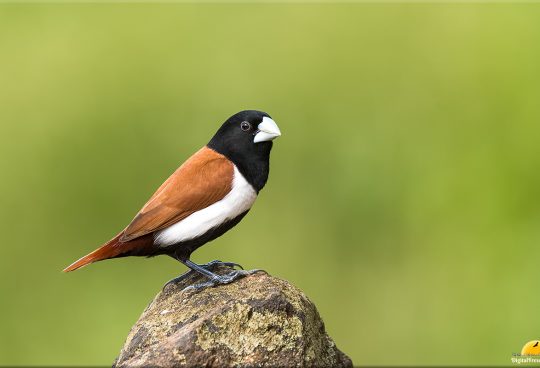The spotted redshank is a wader (shorebird). The genus name Tringa is the New Latin name given to the green sandpiper by Aldrovandus in 1599 based on Ancient Greek trungas, a thrush-sized, white-rumped, tail-bobbing wading bird mentioned by Aristotle.
It is black in breeding plumage, and very pale in winter. It has a red legs and bill, and shows a white oval on the back in flight. Juveniles are grey-brown finely speckled white above, and have pale, finely barred underparts. Adults moult completely between July and October. In spring, the body plumage is moulted between March and May. Juveniles have a partial moult between August and February. Like most waders, it feeds on small invertebrates. The Spotted Redshank is a wary, noisy wader, larger and more elegant than the Common Redshank. It is often named “Sentinel of the Marshes” as it flies off while yelling a warning to other birds. The Spotted Redshank feeds primarily on both aquatic and terrestrial insects and their larvae, but it also takes crustaceans, molluscs, worms, small fish and amphibians. It sometimes forms dense flocks, and the group members seem to chase prey in unison, moving while pecking or running in the same direction. This species often wades in fairly deep water (20-30 cm), but it also swims, almost upending like a duck. It sweeps the bill from side to side through water, pecks, probes and jabs. It feeds both by day and night. It is classified as least concern by IUCN.
![]()






Sorry, the comment form is closed at this time.